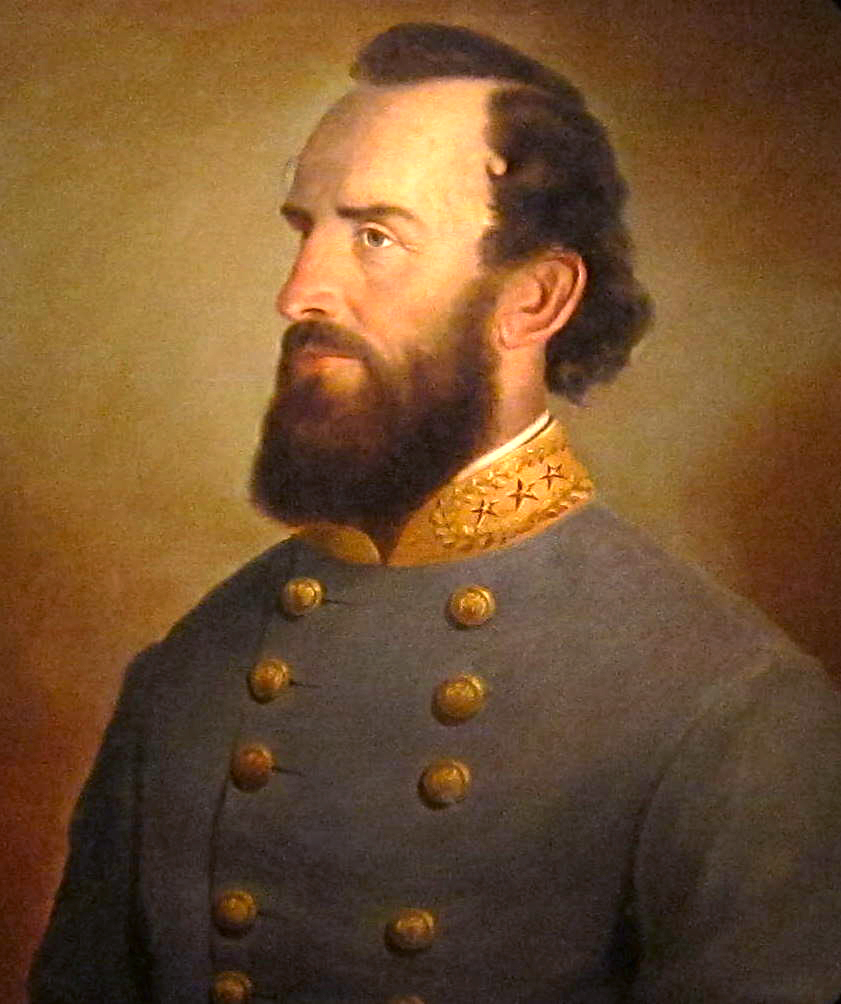White Oak Stables is located on Old Waterloo just a mile north from historic Waterloo Bridge which spans the Rappahannock River. The river played a significant part as an obstacle to north-south movements in the Civil War. It effectively functioned as the boundary of the eastern theatre of war between the Union North and the Confederate South. Following the Battle of Fredericksburg it has been estimated that nearly 10,000 slaves escaped across the Rappahannock river to freedom.
Both sides of Waterloo were attractive to commanders due to their open, rolling and unfenced terrain. This allowed officers the ability to quickly advance troops toward the waterways and also made them logistically situated to the Orange and Alexandria Railroad. The Waterloo Bridge provided a way for generals to swiftly advance field artillery and supply wagons across the river. Over time all but a couple of buildings in Waterloo were destroyed by the warring factions.
In 1861 both sides of the Rappahannock river were occupied by their respective North and South armies. Stonewall Jackson defeated General Shields as he retreated across the Waterloo Bridge back to Washington in one of the early Virginia skirmishes.
On August 22, 1862 Jeb Stuart’s 1,500 troops rode through Waterloo and went around General Pope’s army to capture his headquarters wagons and destroy Union supplies. This ultimately led to the second battle of Manassas also known as the Battle of Bull Run.
Confederate forces, upon learning late that night from his calvary that rebels had crossed the river and were threatening their right flank, were given orders by General Pope early morning August 23rd which were to “…march at once upon Sulphur Springs and thence toward Waterloo Bridge, attacking and beating the enemy wherever you find him.”
Shortly afterwards the entire Northern Army crossed the Rappahannock at Hinson’s Mill Ford just beyond Waterloo and the Second Battle of Manassas was fully underway. Troops under General Pope fell back from the Rappahannock towards the plains of Manassas where one of the most pivotal battles of the Civil War would take place.









